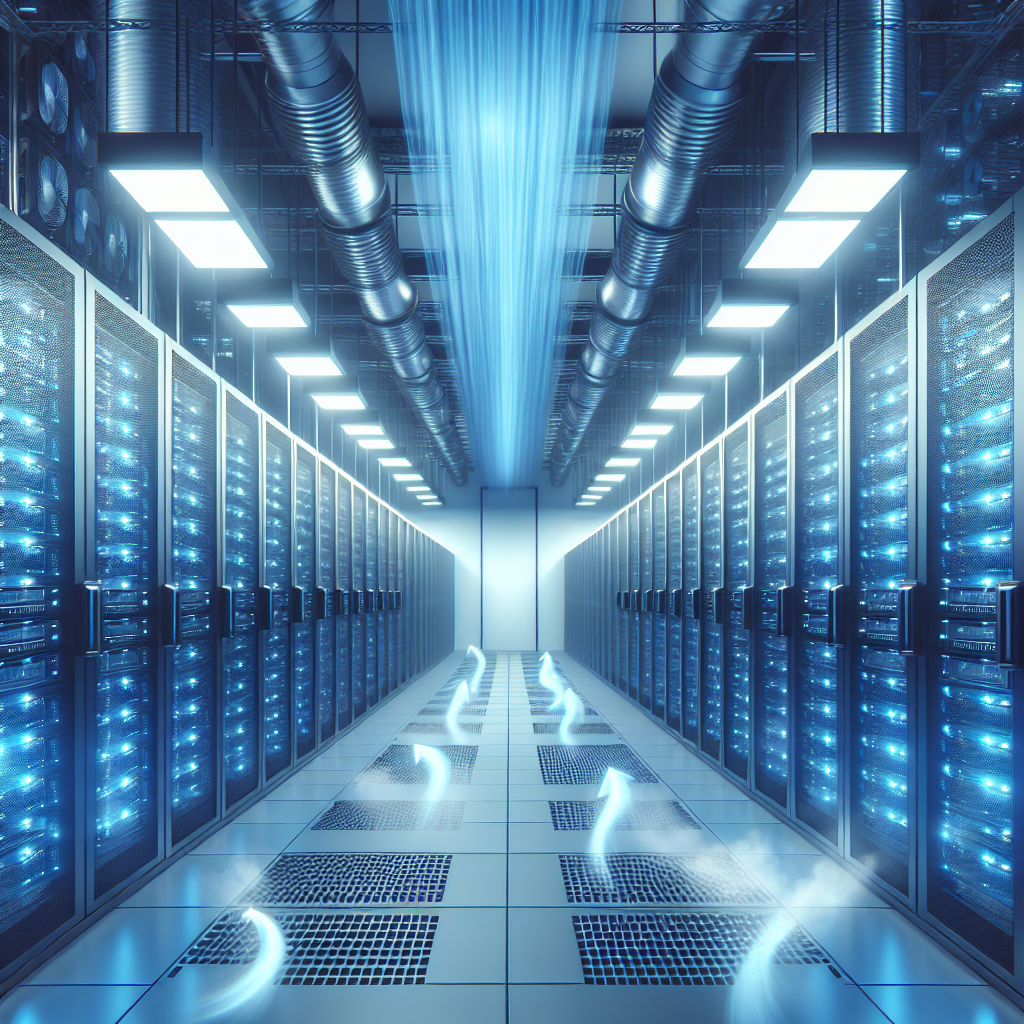Data centers are the backbone of modern businesses, supporting the storage, processing, and distribution of vast amounts of data. With the increasing demand for data storage and processing capabilities, data centers are growing in size and complexity. One of the biggest challenges facing data center operators is managing the cooling systems to ensure optimal performance and energy efficiency.
Efficient cooling is essential for maintaining the reliability and performance of data center equipment. Overheating can lead to equipment failure, downtime, and potential data loss. To address these challenges, data center operators need to implement strategies to optimize cooling performance. Here are some top strategies for achieving this goal:
1. Use Hot Aisle/Cold Aisle Containment: Hot aisle/cold aisle containment is a best practice design for data center layout that helps to isolate hot and cold air streams. By separating the hot and cold aisles, data center operators can minimize the mixing of hot and cold air, improving cooling efficiency and reducing energy consumption.
2. Implement Economizer Cooling: Economizer cooling systems use outside air to cool the data center instead of relying solely on mechanical cooling systems. By taking advantage of cooler outside temperatures, economizer cooling can significantly reduce energy costs and improve cooling performance.
3. Optimize Airflow Management: Proper airflow management is crucial for maintaining efficient cooling in data centers. Ensure that airflow paths are clear and unobstructed, and use tools such as blanking panels, cable management, and perforated tiles to optimize airflow distribution.
4. Monitor and Control Temperature and Humidity: Monitoring temperature and humidity levels in the data center is essential for maintaining optimal cooling performance. Implement a robust monitoring system to track environmental conditions and use automated controls to adjust cooling systems as needed.
5. Implement Hot Spot Cooling: Hot spot cooling solutions can help target specific areas in the data center that are prone to overheating. By using localized cooling solutions such as portable air conditioners or in-row cooling units, data center operators can address hot spots without overcooling the entire facility.
6. Use Energy-Efficient Cooling Equipment: Upgrading to energy-efficient cooling equipment such as variable-speed fans, high-efficiency chillers, and precision cooling units can help reduce energy consumption and improve cooling performance.
7. Regular Maintenance and Upkeep: Regular maintenance and upkeep of cooling systems are essential for ensuring optimal performance. Schedule routine inspections, clean air filters, and make necessary repairs or upgrades to keep cooling systems running efficiently.
In conclusion, optimizing data center cooling performance is crucial for maintaining the reliability and efficiency of data center operations. By implementing these top strategies, data center operators can improve cooling efficiency, reduce energy costs, and ensure the longevity of their equipment. With a proactive approach to cooling optimization, data centers can meet the growing demands of modern business operations while minimizing environmental impact.


Leave a Reply